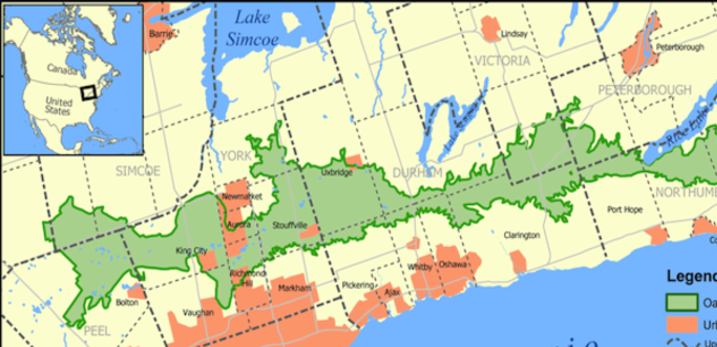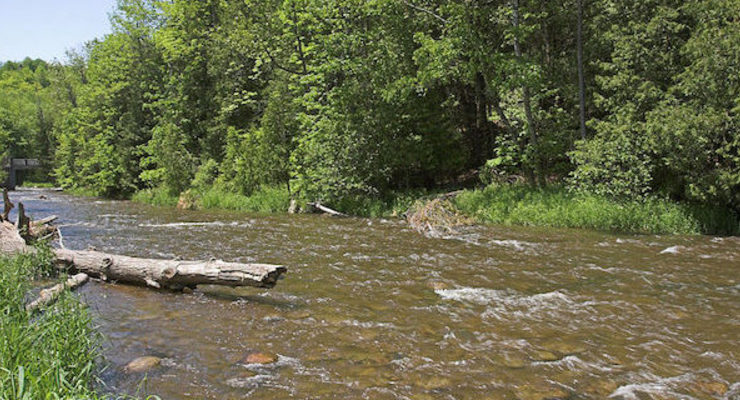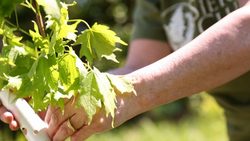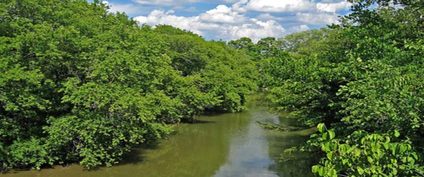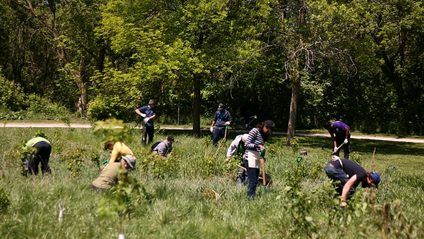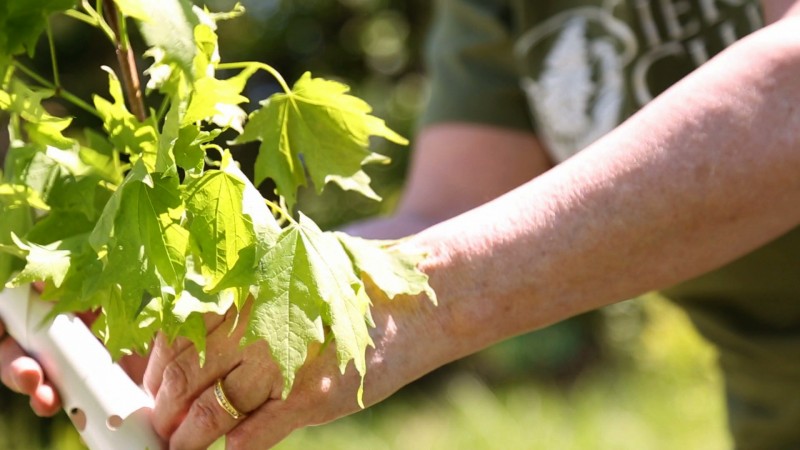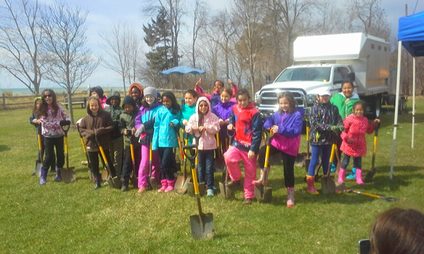Claremont residents on two sides of possible development
Posted on June 24, 2015DURHAM -- More than 200 residents in Claremont want to see a piece of the Oak Ridges Moraine remain protected in the hamlet.
The Claremont Conservation Group is not pleased with the City’s recommendation that the Province allow opportunities for minor expansions of hamlets into the Greenbelt or the Oak Ridges Moraine. They believe this change could pave the way for a development on the northeast quadrant of Claremont that’s been discussed for decades, but hasn’t budged due to provincial land use restrictions......
Peter Rodrigues, a Whitevale resident and former councillor, felt recommendations by Ajax, which is also providing comment for the review, were in line with his thoughts.
“I’m mostly concerned with including more land into the Greenbelt, particularly the headwaters of the Carruthers Creek,” said Mr. Rodrigues.




